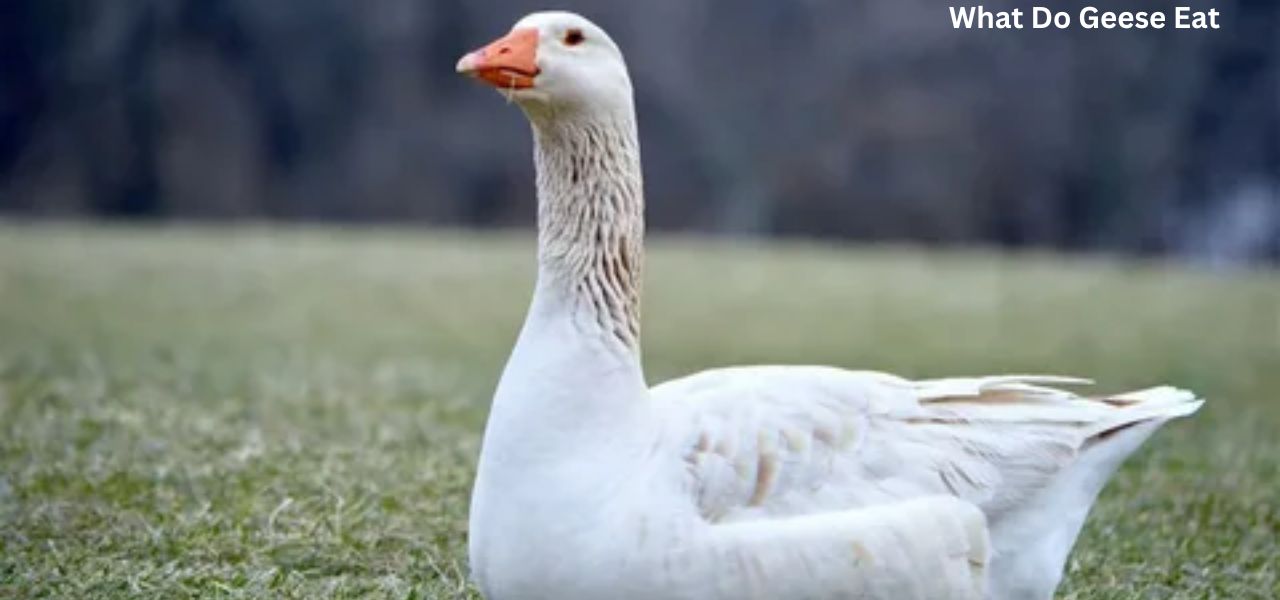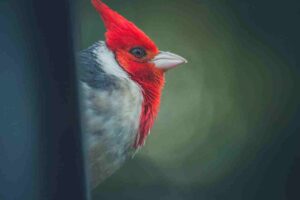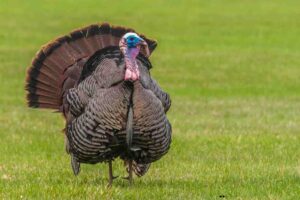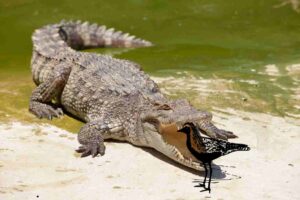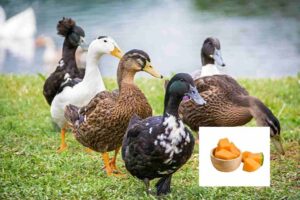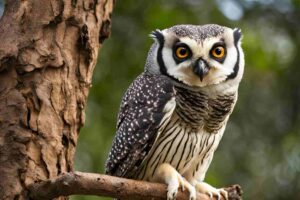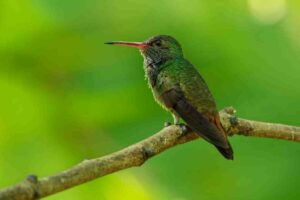What Do Geese Eat: Geese are often seen grazing in fields, but their diet is surprisingly diverse and adapted to their habitats. While they primarily enjoy a menu of grasses, grains, and aquatic plants, these birds are keen foragers that will sample a variety of foods depending on the season and availability.
In spring and summer, geese feast on tender shoots from new grass growth and leafy greens, but as fall approaches, they switch gears to indulge in ripe grains like corn and wheat left in the fields after harvest. This seasonal shift not only enhances their nutrition but also helps them prepare for migration.
What to feed geese on your local pond
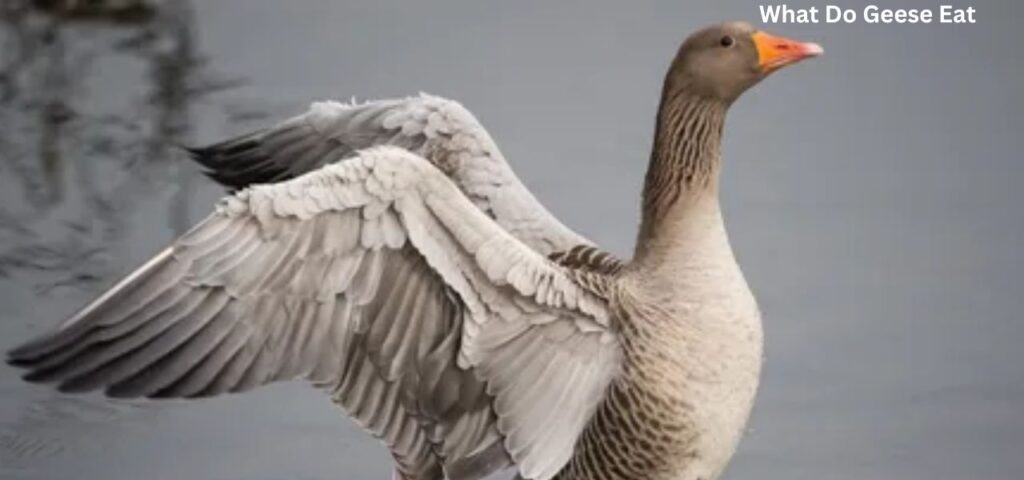
Feeding geese can be a delightful experience, but it’s essential to consider their natural diet and the impact on their health. While bread is often the go-to option for many well-meaning visitors, it can lead to malnutrition and other long-term issues for these birds. Instead, think about providing grains like corn or oats, which offer nutrients without the adverse effects of processed foods. These alternatives support optimal growth while keeping their digestive systems in check.
Vegetables such as lettuce, carrots, and peas make excellent snacks that mimic the green foliage they would encounter in their natural habitat.
You might even consider creating a mini-garden by planting native aquatic plants like duckweed or water lily seeds around your local pond; not only will this enhance the allure of your spot for both geese and other wildlife, but it also promotes biodiversity.
Wheat
Geese are often seen grazing in lush fields, and stubbled wheat fields can be a veritable buffet for these birds. Wheat, with its high carbohydrate content, serves as an excellent energy source that sustains them during their migratory journeys.
What’s fascinating is how geese will not only consume the grains but also benefit from the green shoots and tender leaves of newly sprouted wheat plants. This dual consumption helps maintain their health while maximizing the nutritional value they receive from a single source.
Beyond sustenance, wheatscapes play a vital role in supporting local ecosystems. The presence of geese among wheat fields pushes farmers to adapt their practices for coexistence with wildlife, promoting biodiversity.
By allowing certain areas of crops to remain untouched or implementing rotational grazing systems, farmers can support goose populations while inadvertently enhancing soil health and crop resilience through natural fertilization methods provided by robin vs cardinal these birds’ droppings.
Grass control with geese
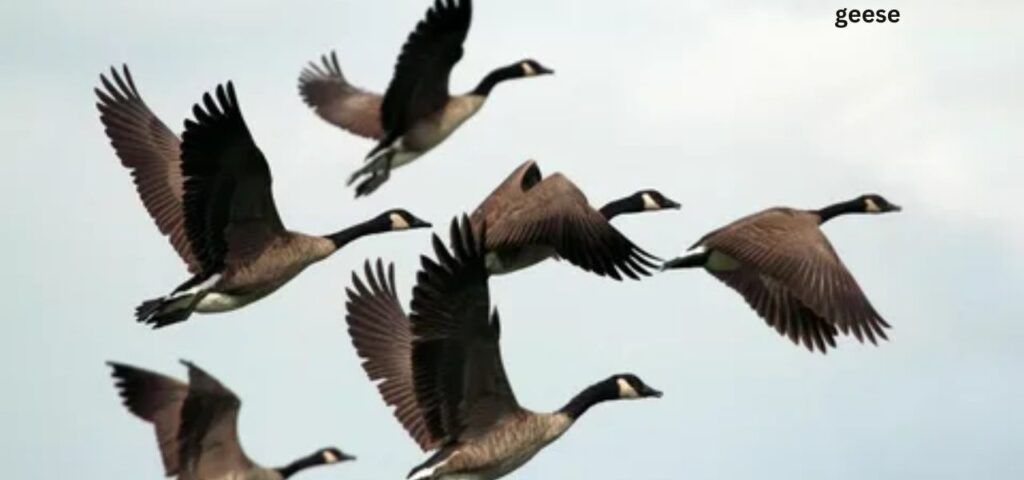
Geese are often seen as simple grazers, but their dietary habits reveal a more complex relationship with grass control. Their natural appetite for grass, specifically tender shoots and young blades, makes them exceptional landscapers.
By introducing geese into your lawn care routine, you’re not just opting for a chemical-free way to manage overgrown areas; you’re encouraging a vibrant ecosystem where these birds thrive while naturally maintaining your landscape the gadwall hen comprehensive guide.
geese are selective eaters that prefer certain types of grasses over others. This selectivity can actually promote biodiversity by allowing less palatable plants to flourish while simultaneously controlling the growth of dominant species.
In this way, geese act as ecological managers rather than mere consumers of grass. By observing how they interact with different types of vegetation, landowners can tailor their landscaping strategies to not only maintain aesthetics but also enhance habitat diversity—creating healthier environments for other wildlife and flora.
insects
Geese, often seen grazing peacefully in parks and wetlands, have a surprisingly diverse diet that includes insects, especially during the warmer months. While they predominantly eat grasses, seeds, and aquatic vegetation, their foraging behavior doesn’t shy away from protein-rich offerings. Insects play an essential role not just as a food source but also in Buzzards vs Vultures promoting the birds’ overall health by providing vital nutrients like fats and proteins necessary for breeding season.
Do Geese Eat Fish
While geese are primarily herbivorous, their diets can be surprisingly diverse depending on their environment and the availability of food sources. In certain contexts, geese have been observed nibbling on small fish or fish eggs.
Though this behavior is not typical, it highlights the adaptability of these birds to exploit various resources when necessary. Particularly in areas where vegetation is scarce or during migrations, a goose might take advantage of aquatic environments rich in protein.
Some studies suggest that geese may consume small fish as a pragmatic survival strategy rather than a dietary preference. This opportunistic feeding could provide essential nutrition during breeding seasons when energy demands soar or during harsh weather conditions that limit access to more traditional food sources like grasses and grains.
Final Thought:
Understanding the dietary preferences of geese is essential for both their health and the local ecosystem. These versatile birds thrive on a variety of foods, including grasses, grains, and aquatic plants, making it easy to provide them with nutritious options.
it’s crucial to avoid processed human food, which can lead to health issues and disrupt their natural foraging behavior. By feeding geese responsibly and in moderation, we can foster a harmonious relationship with these beautiful creatures while ensuring their well-being. So next time you encounter geese in your neighborhood or at the park, consider what you can offer them that aligns with their natural diet!
